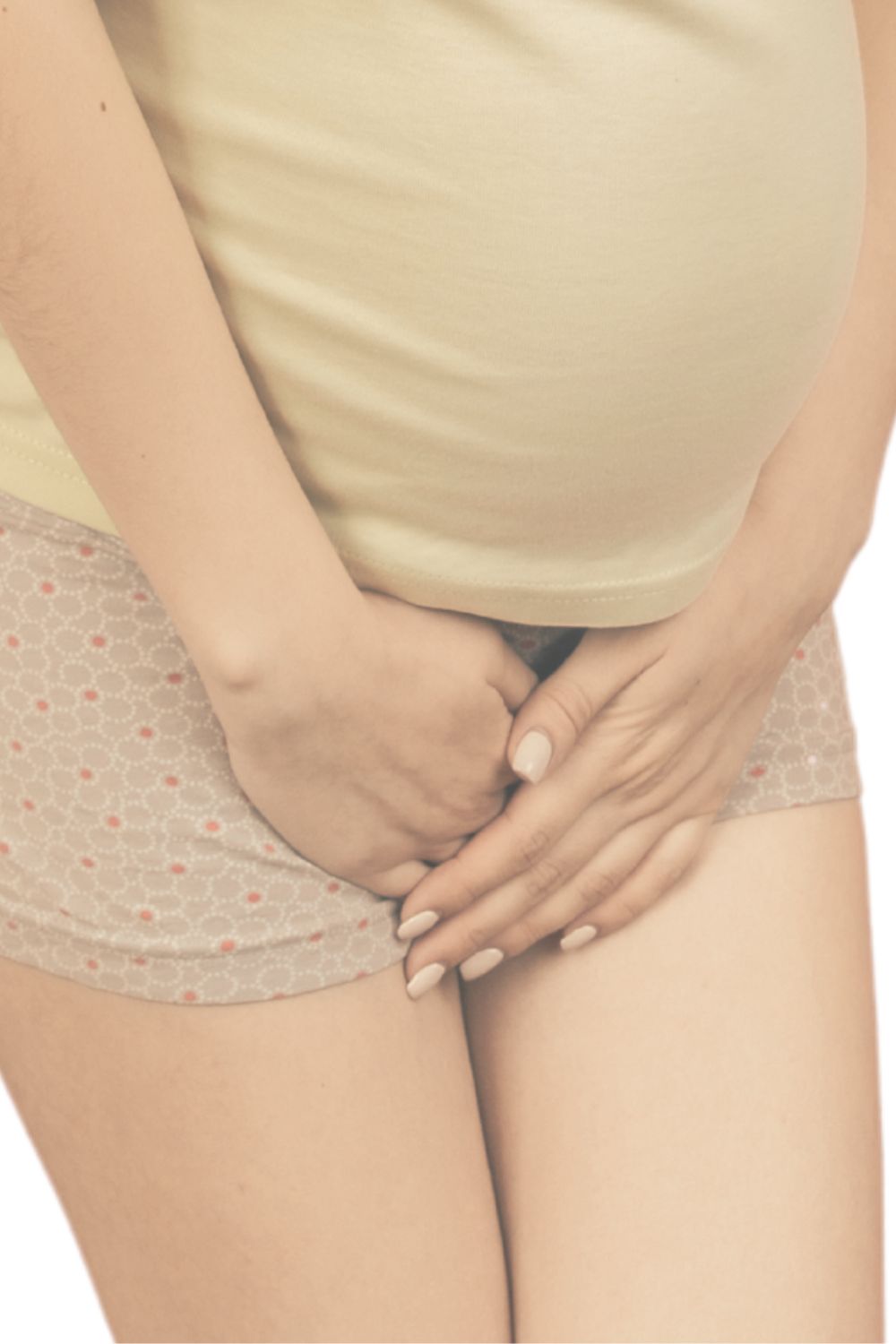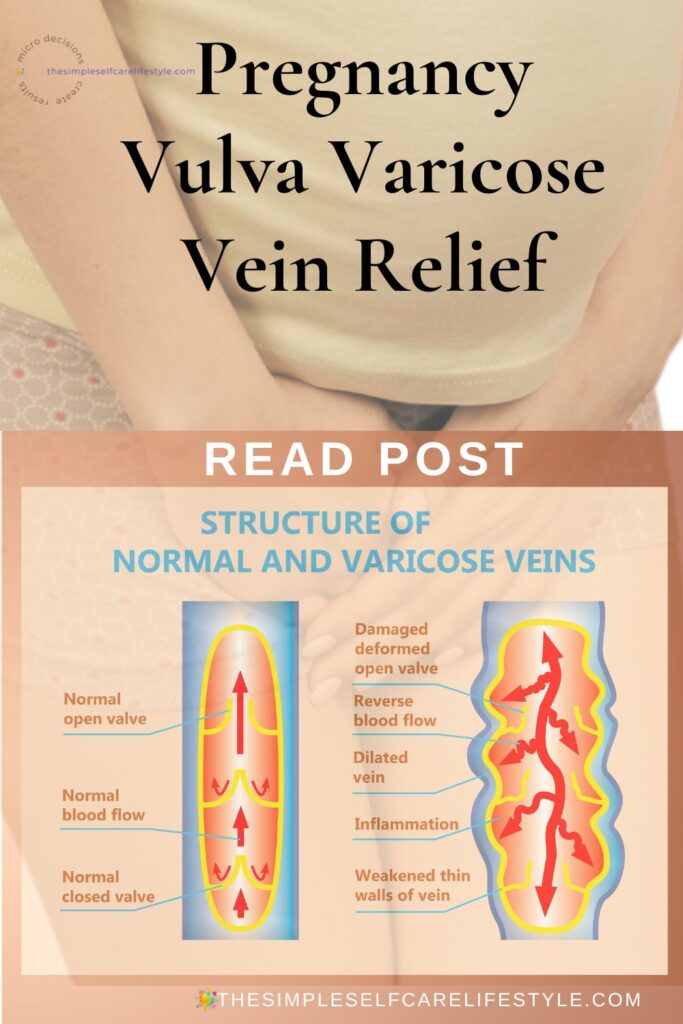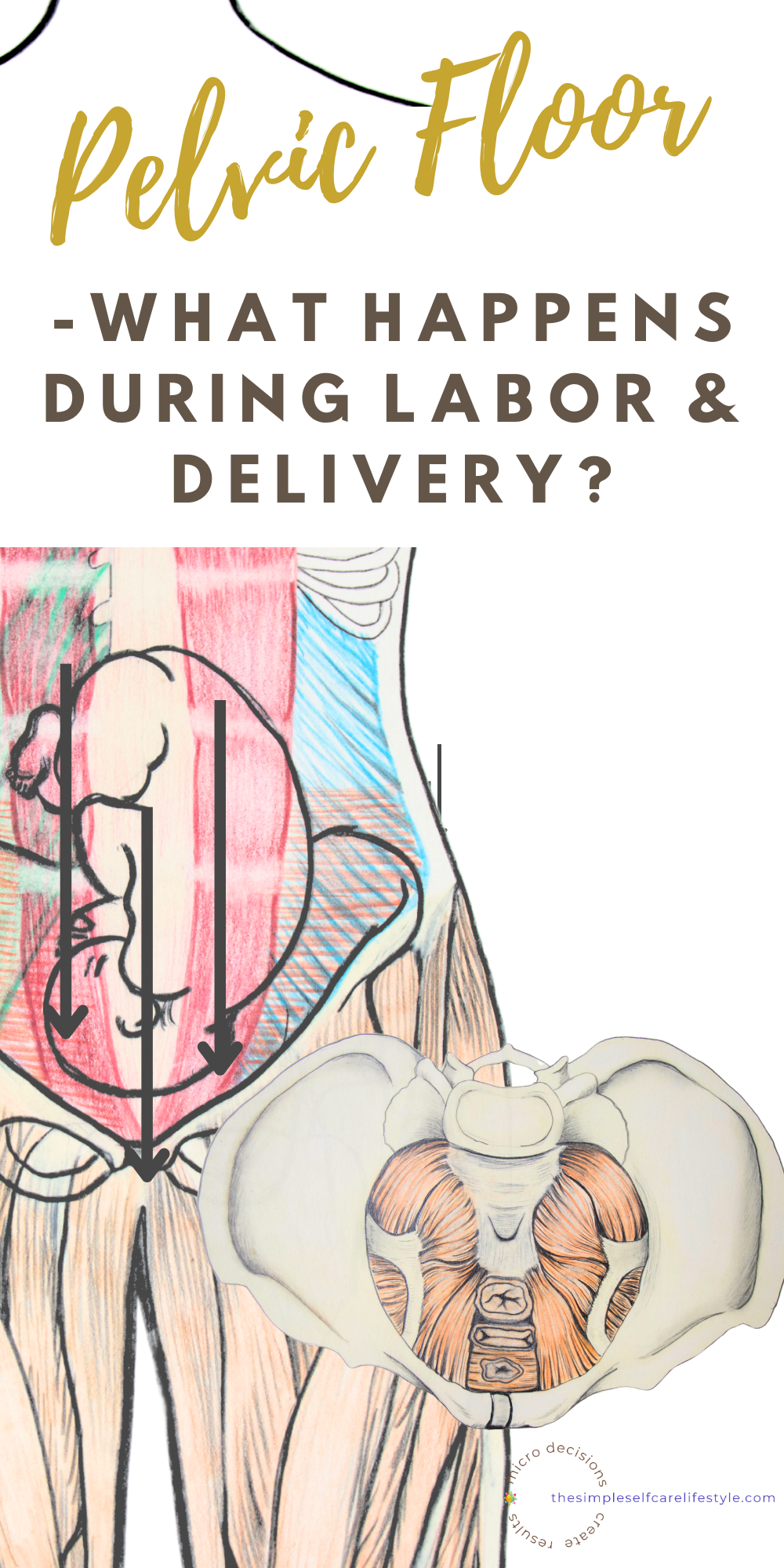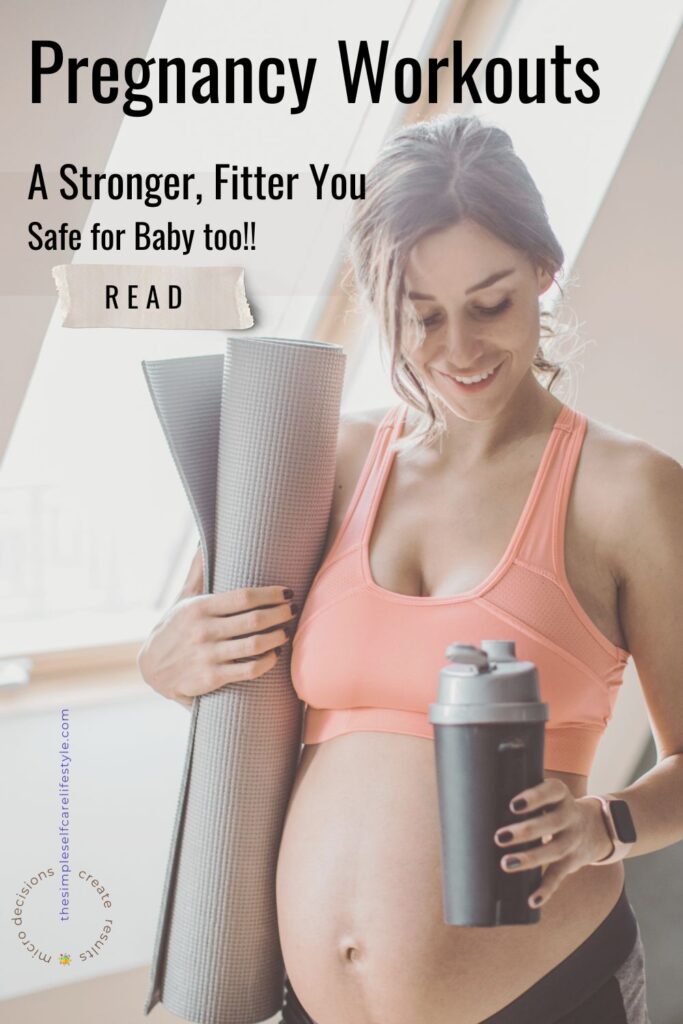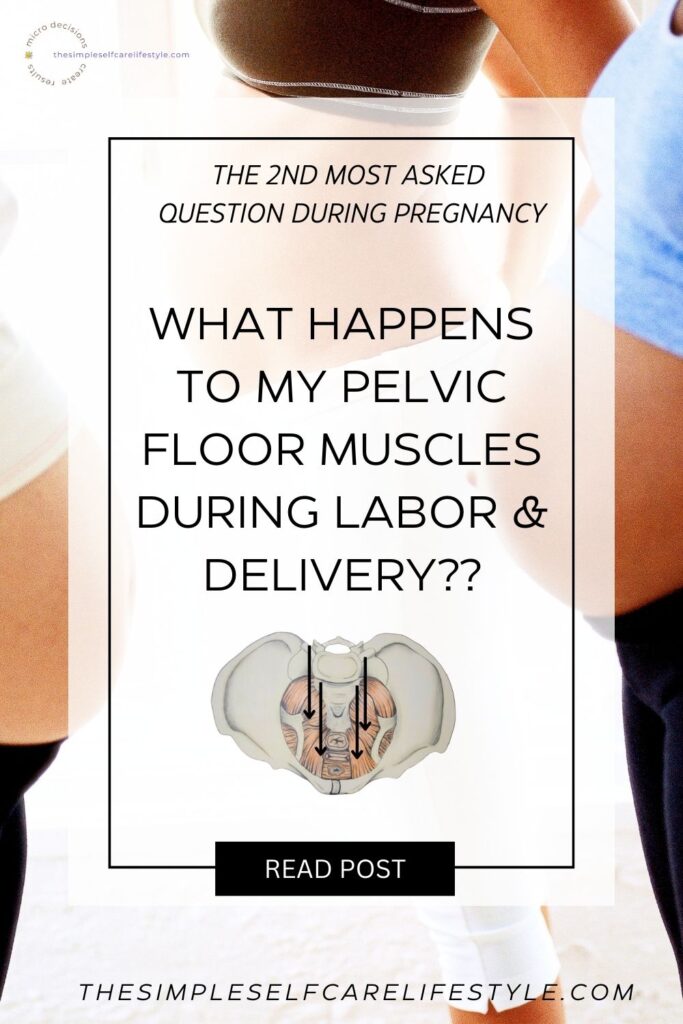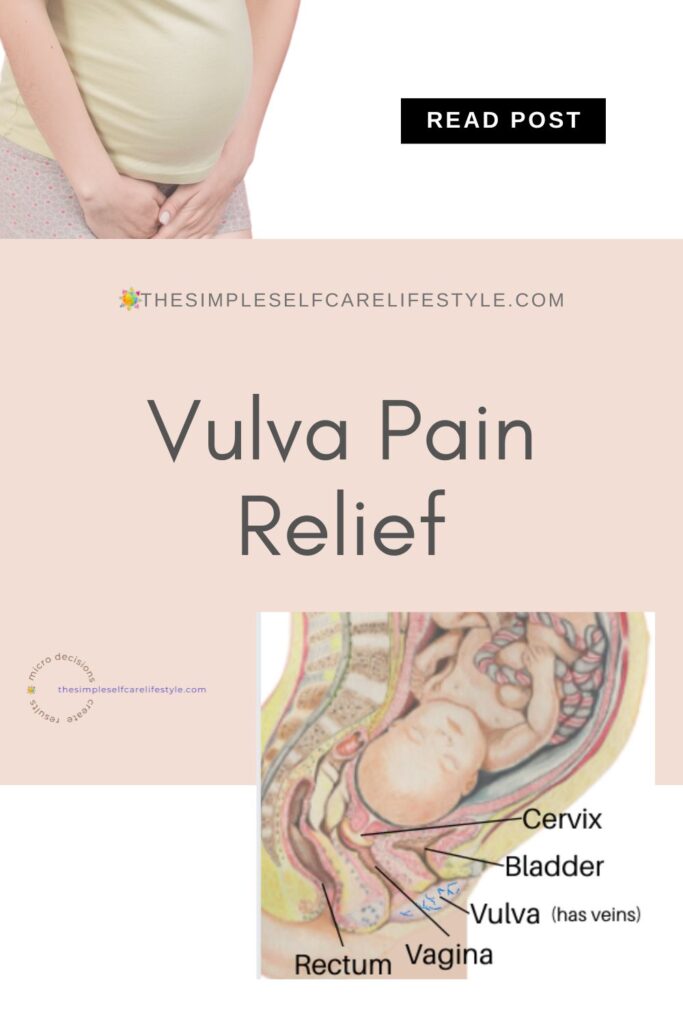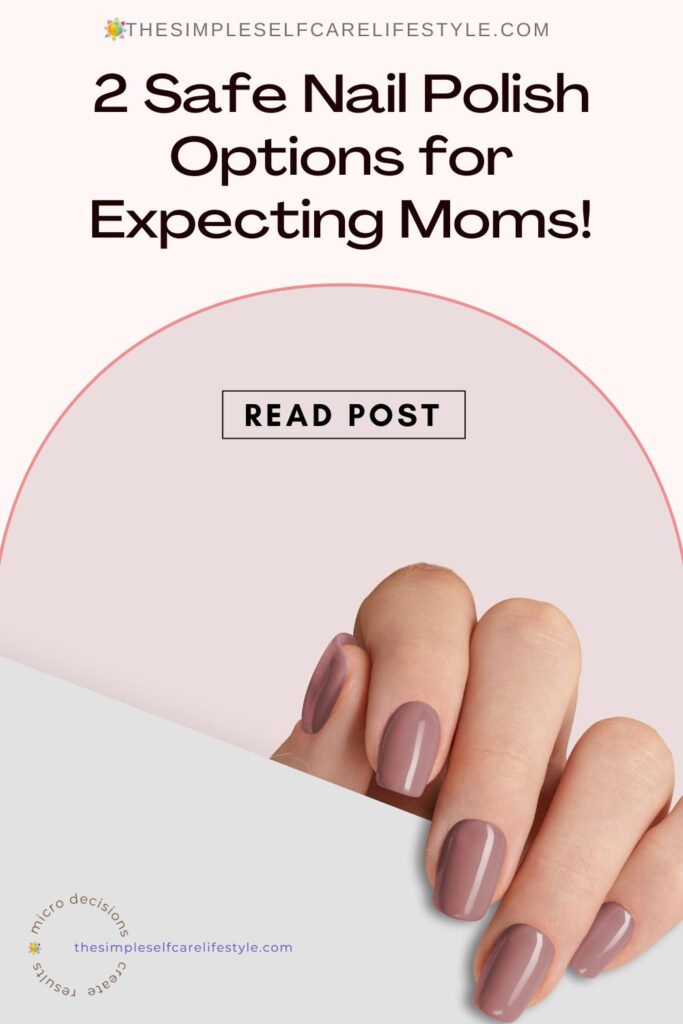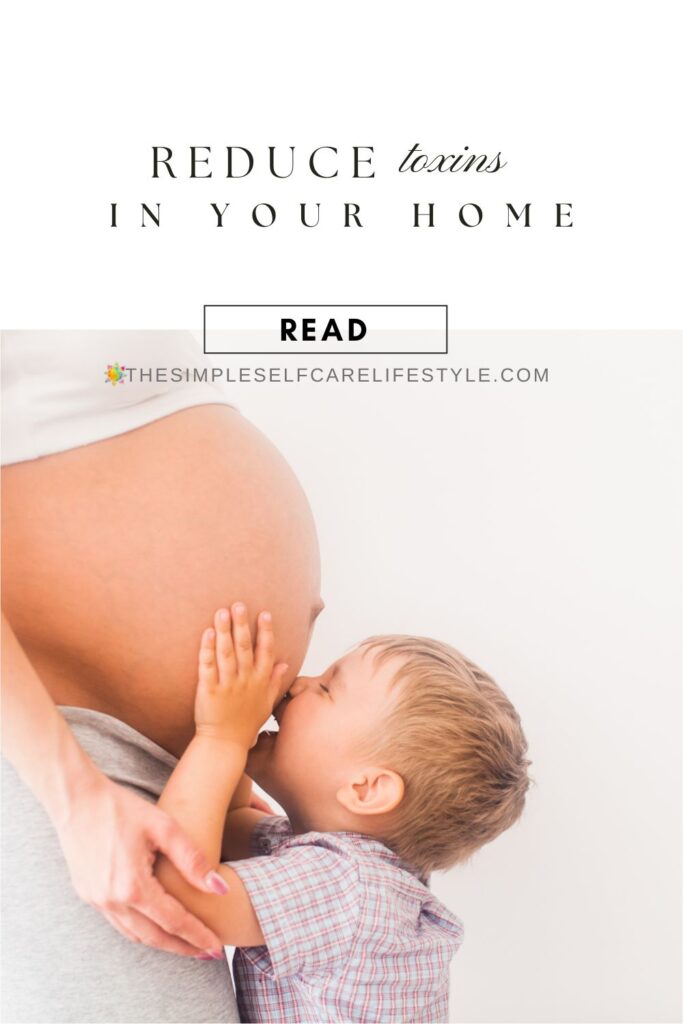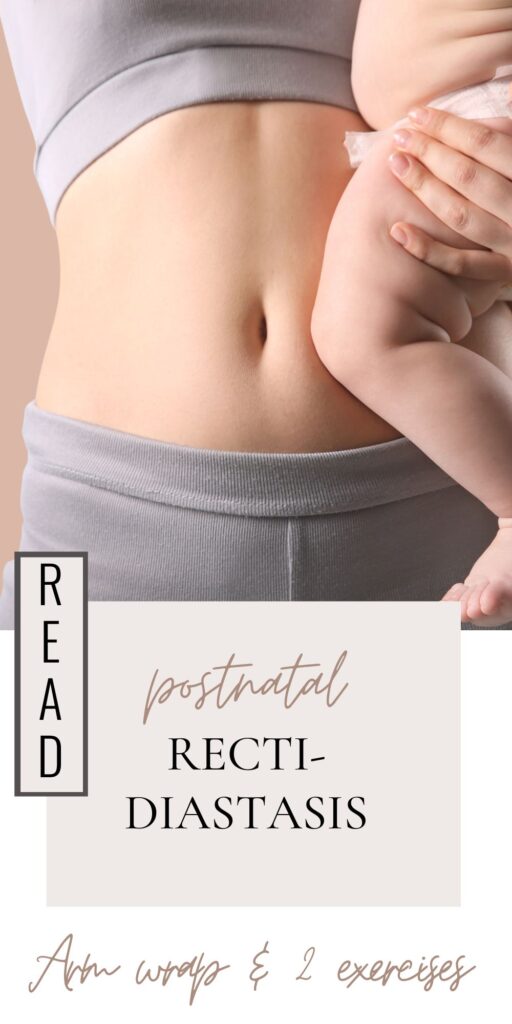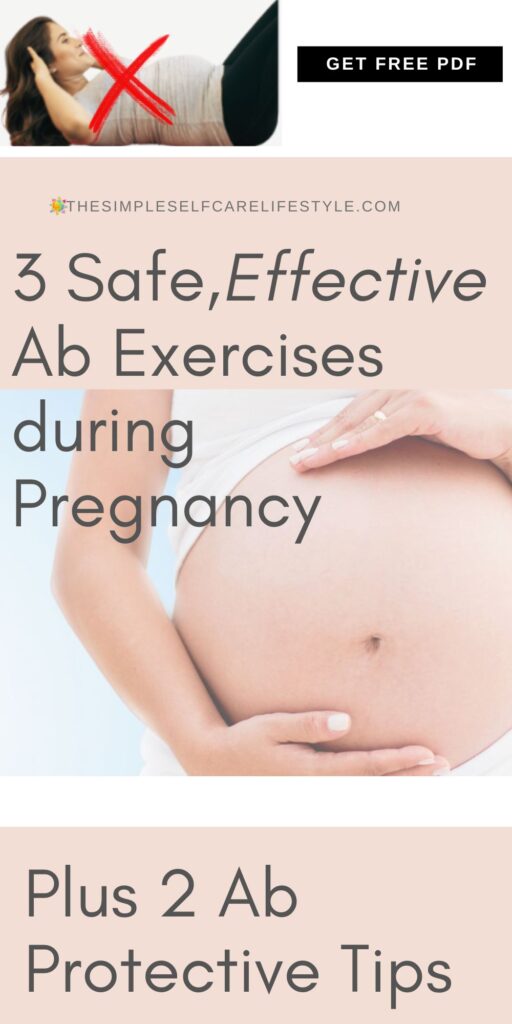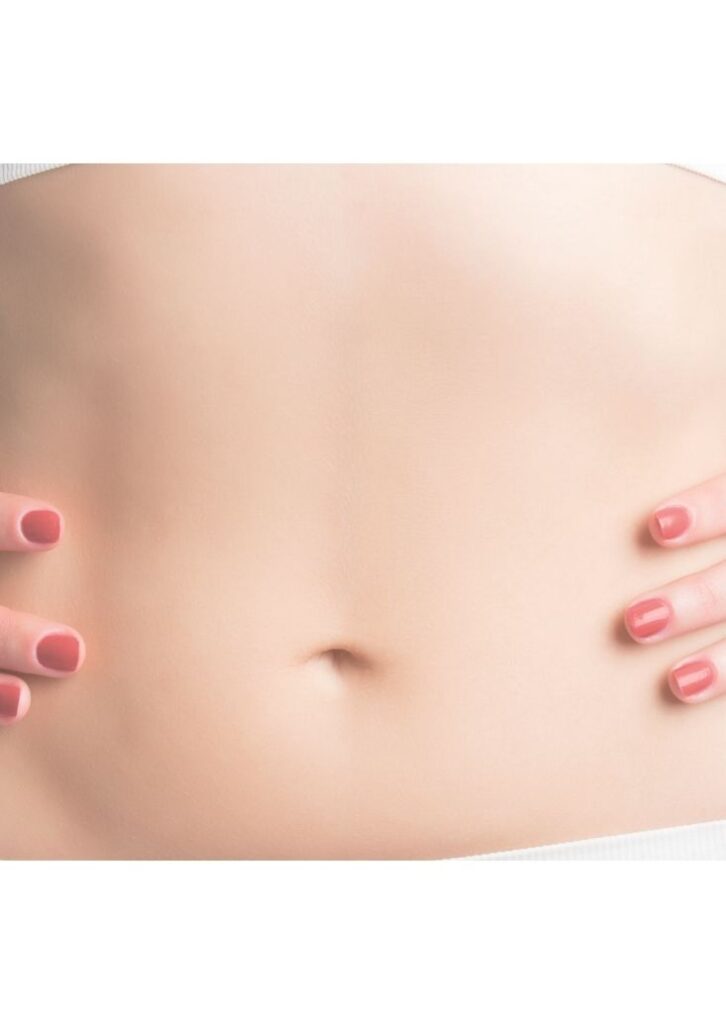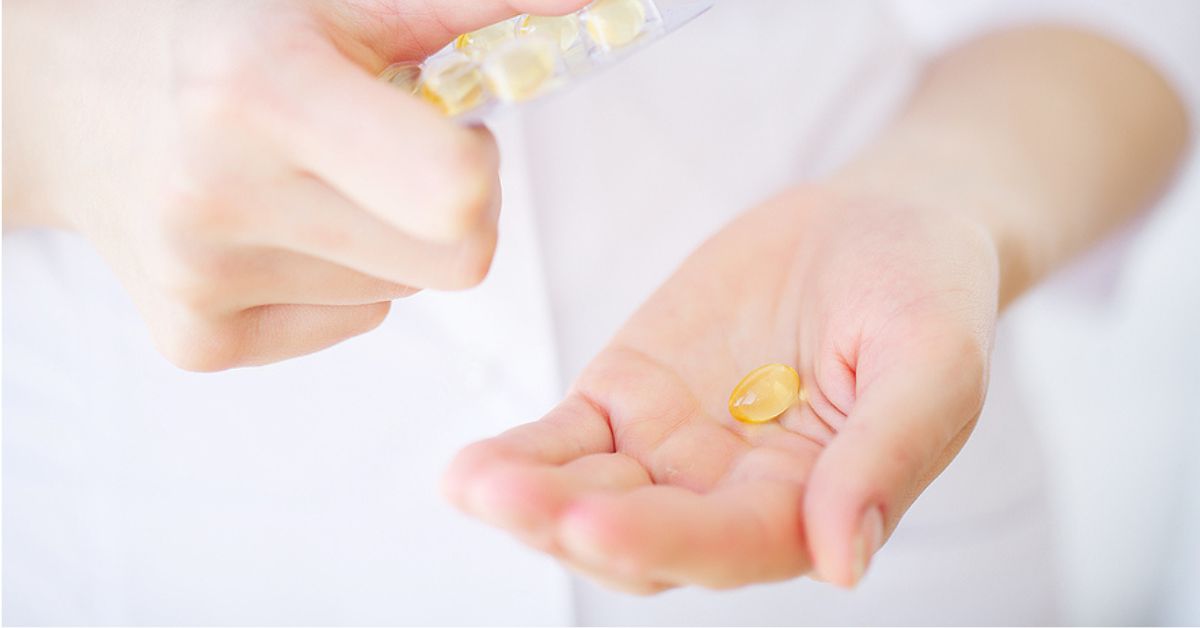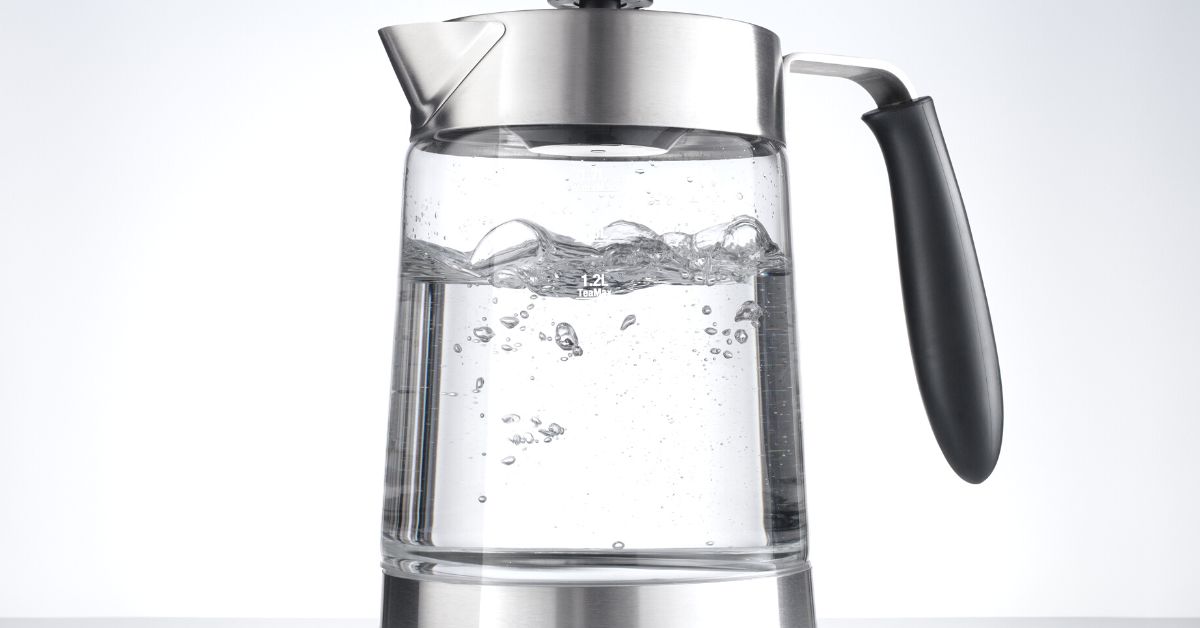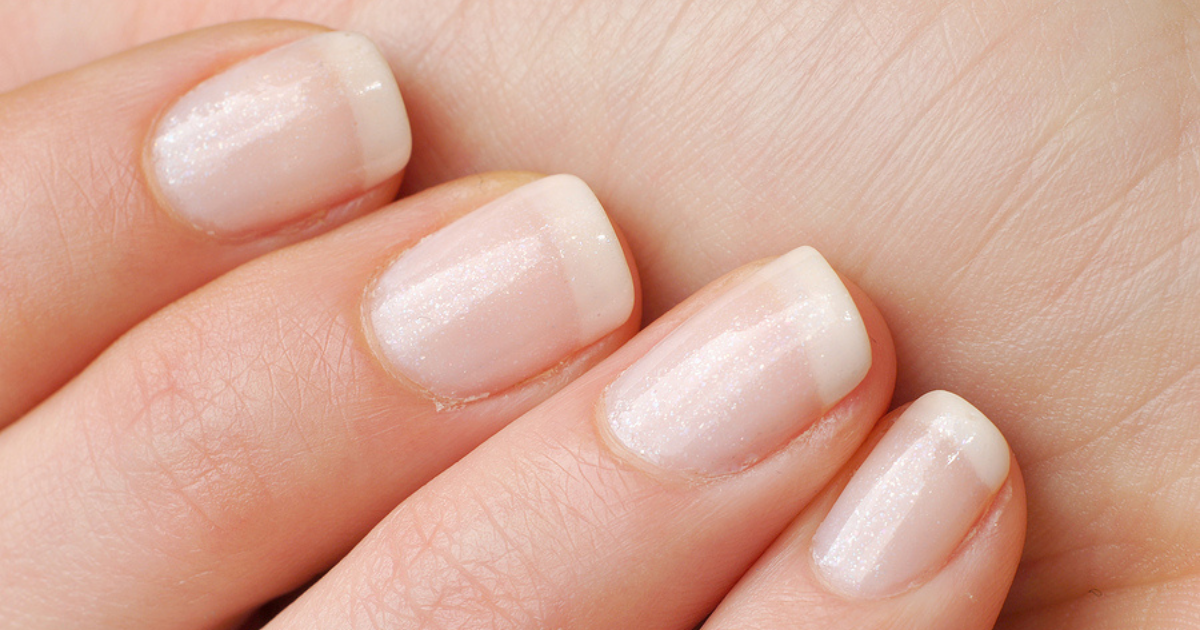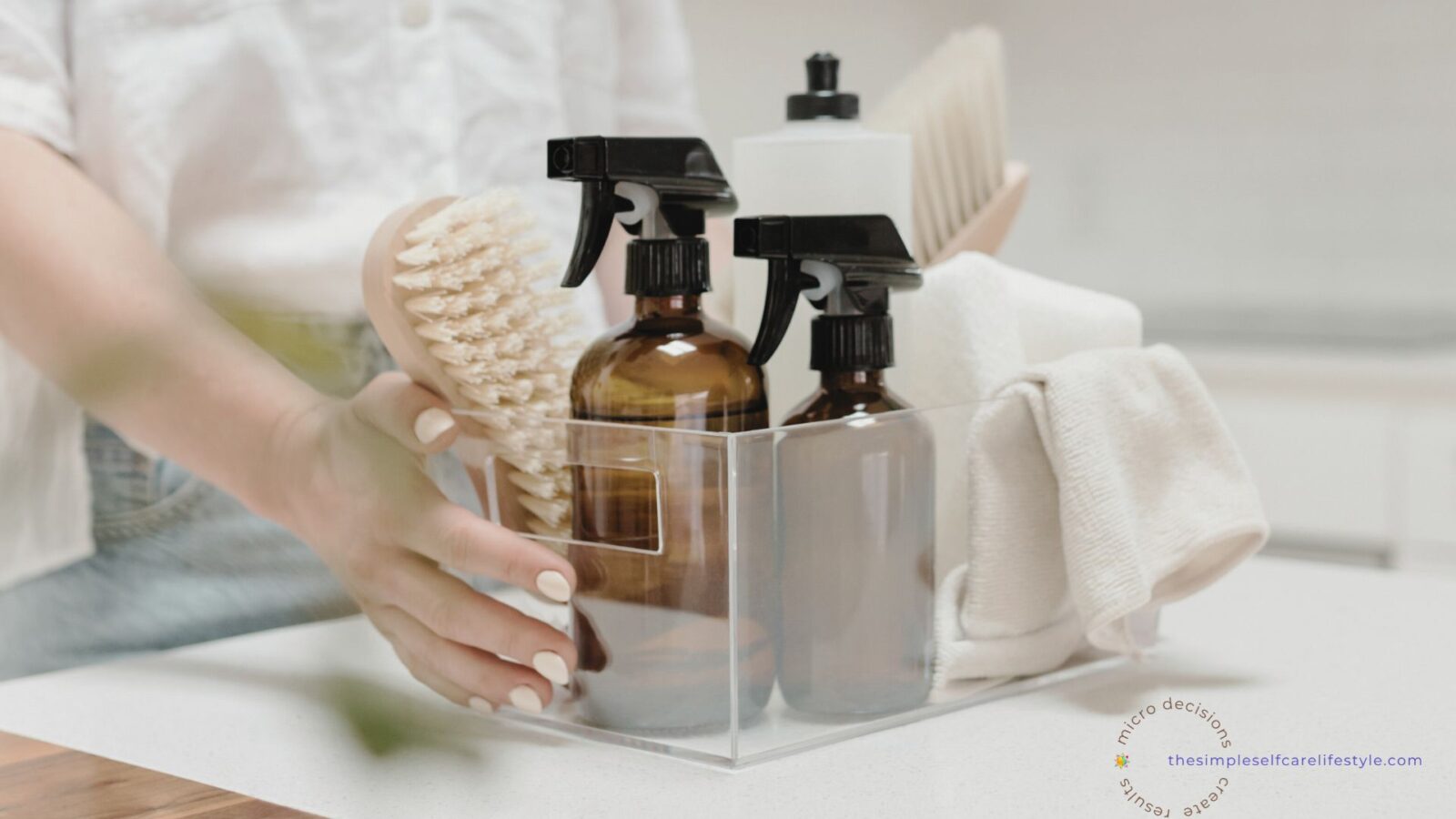Vulva Varicose Veins During Pregnancy. Why do they happen? Symptoms & Simple Self Care You Can Use for Relief.
Vulva varicose veins are something many women experience during pregnancy. They can be painful, scary, and embarrassing for some to openly ask questions about, so I always brought them up during exercise classes.
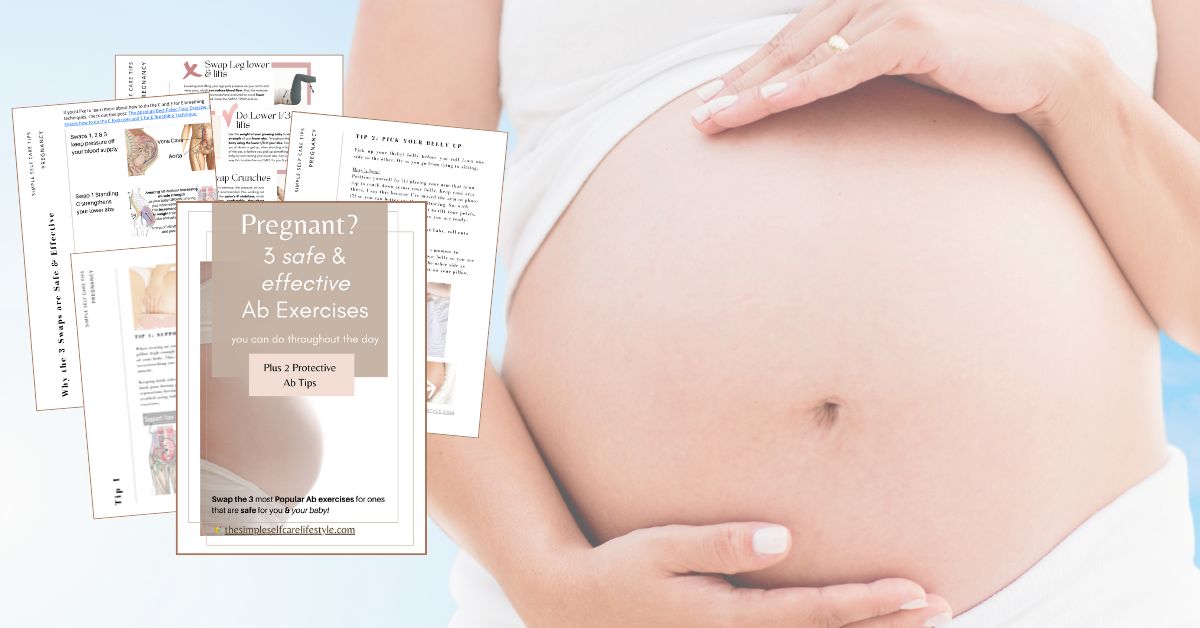
Free PDF: 3 Safe & Effective Ab Exercises PLUS 2 Protective Ab Tips
Since moms OFTEN approached me after class to tell me:
- how helpful it was to know what was going on between their legs that was so painful and that
- they would have NEVER brought it up themselves
I thought I would share a bit about Varicose Veins in the Vulva with you.
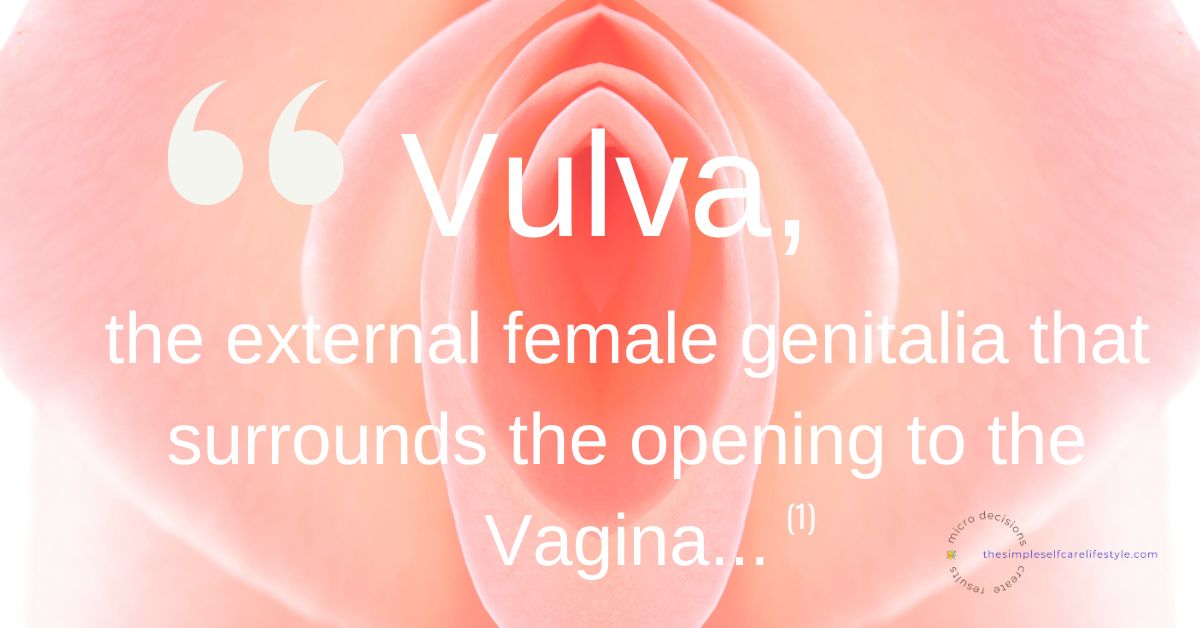

Today: Vulva Varicose Veins During Pregnancy.
- Where exactly is the Vulva located?
- Vulva Varicose Veins: What are they?
- Why Do They Happen?
- Symptoms
- Simple Self Care Tips and Actions You Can Take for Relief
Where Exactly Is the Vulva
Looking at the illustration, starting with where the baby’s head is; that’s the Cervix. The tubular part below the Cervix is the Vagina. The Vulva is outside the external part that surrounds the Vagina. It is the part that we/our clothing come in contact with.
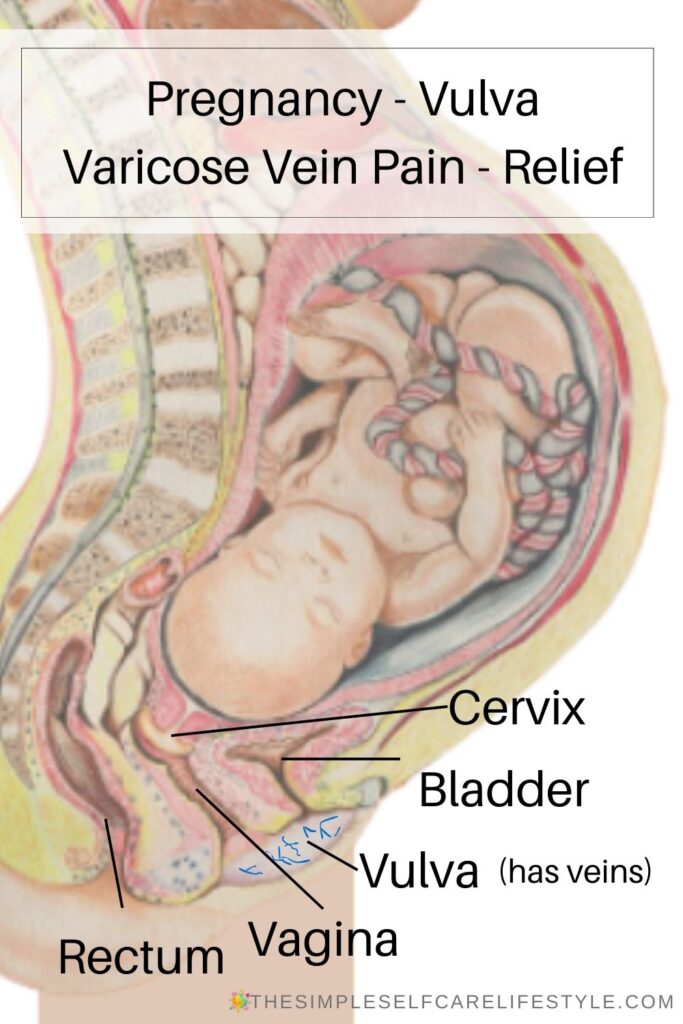
Anatomical definition:
“Vulva, the external female genitalia that surrounds the opening to the Vagina; collectively, consist of the labia majora, the labia minora, clitoris, the vestibule of the Vagina, bulb of the vestibule, and the glands of Bartholin. All of these organs are located in front of the anus and below the mons pubis (the pad of fatty tissue at the forward junction of the pelvic bones).” (1)
If you are interested in seeing an illustration pointing to each of the listed, you can use this link to the Britannica Science Anatomy Image of the Vulva.
There are a total of two vaginal veins. Each vein is located on either side of the Vagina.
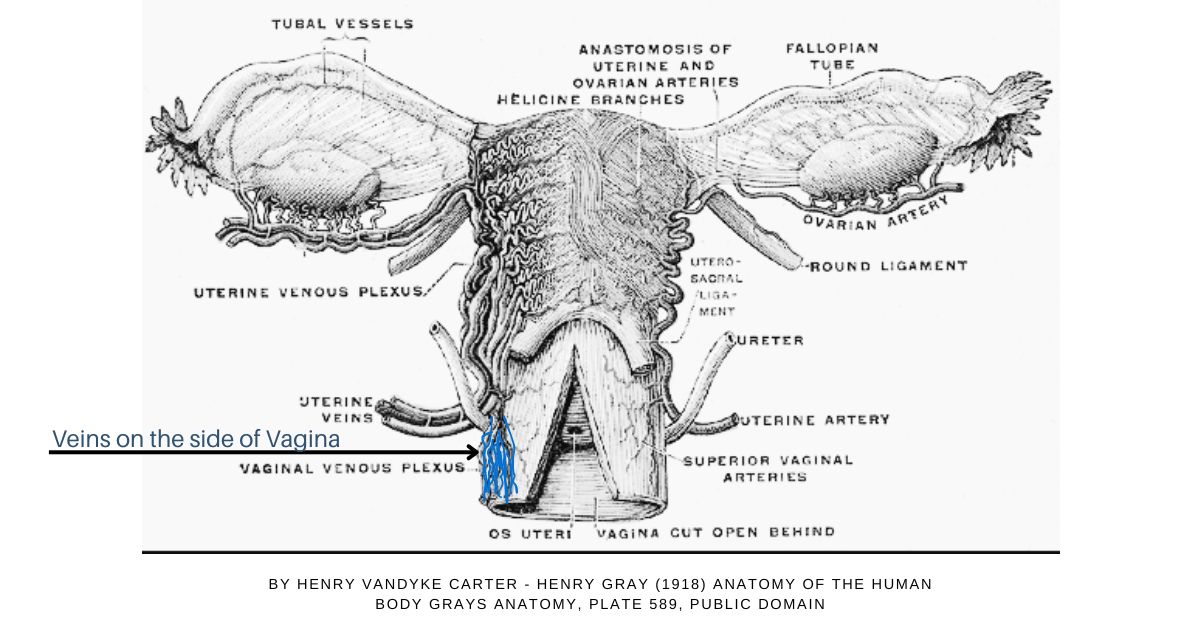
There are two vein plexus that supply the Vagina; then, similarly, more veins supply the Vulva.

Free PDF: 3 Safe & Effective Ab Exercises PLUS 2 Protective Ab Tips
What is a Varicose Vein?
A Varicose Vein is a Vein that becomes swollen, enlarged, and maybe twisted. The walls of the vein can be less effective at keeping their shape, and when they bulge, the walls of the vein can separate more than usual.
This can then impact the effectiveness of the vein’s valves, which open as the blood is propelled forward and shut to prevent the blood from flowing backward.
Looking at the Vein Illustration Below
Lax veins are wider, and if you look at the illustration below, you will see when they bulge, the valves won’t be able to shut as tightly, and instead of your blood efficiently flowing upward, it can become stagnant or pool.
This backflow/pooling of blood can result in pain, discomfort, and a feeling of fullness on the outer side of your Vulva (on the labia).
During classes, I’d pull out this venous system poster and begin chatting about the increased blood flow and pressure on the lower body and how it can cause the typical varicose veins in the legs, vagina, and vulva.
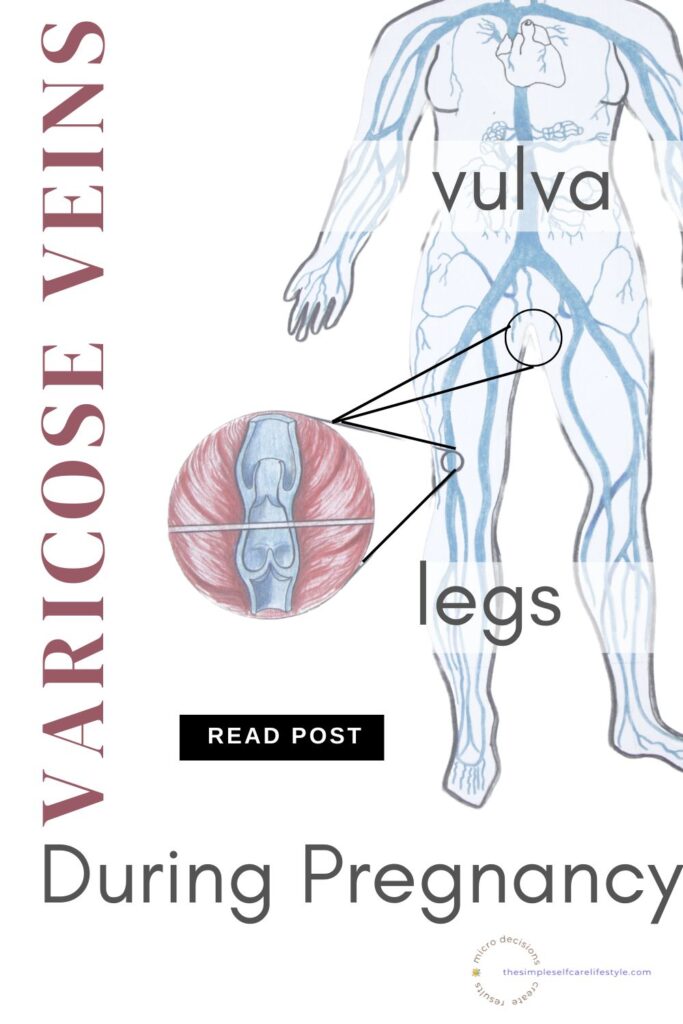
Vulva varicose veins
Varicose veins anywhere are painful, but when they affect the Vulva and perineum (between the Vagina and Anus), the heaviness, throbbing, and pain can be particularly uncomfortable.
This link is to another illustration for you if you’d like to see varicose veins depicted in the pelvic floor and vulvar region. The link takes you to the Cleveland Clinic Illustration of Varicose Veins of the Vulva
The veins in this area may be tiny and only moderately swollen for some moms throughout their entire pregnancy, but for others, they can be large, twisted, and extremely painful.
Knowing:
- a few Self Care Tips,
- some Self Care Tools that work along with the tips making them easier to incorporate and that
- the Self Care Exercises in The Prenatal Exercise System address all varicose vein types
together will provide you with options to pick and choose what works for you so you can systematically and proactively prevent or get relief from painful Leg, Vaginal, and Vulva varicosities.
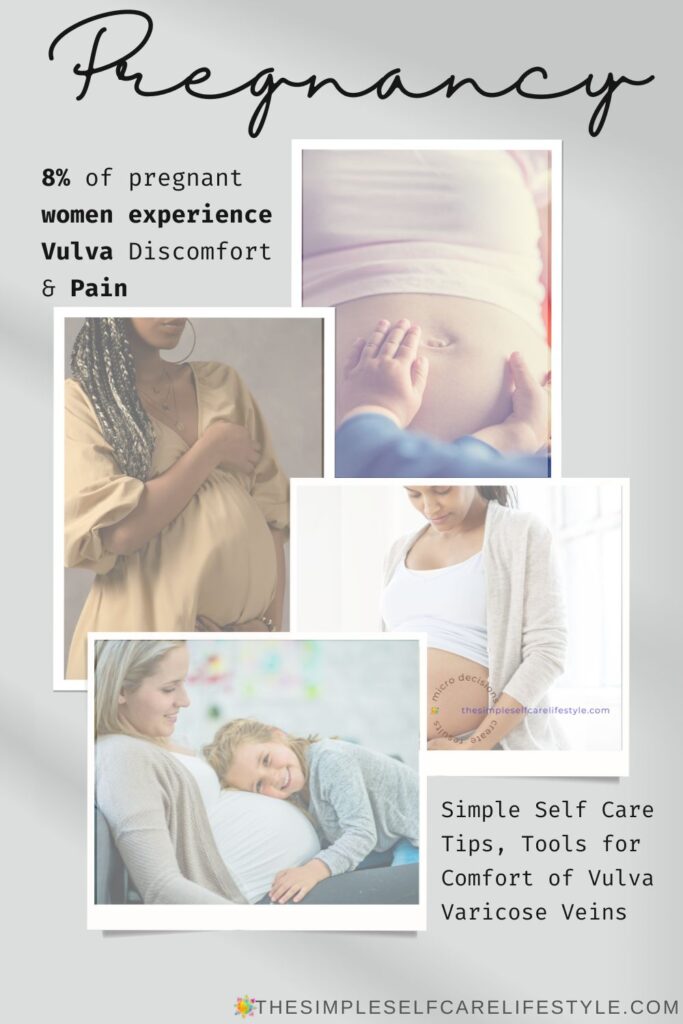
Why do Varicose Veins in the Vulva Happen More in Pregnancy?
Hormone changes.
Hormone levels change during pregnancy. I discuss this A LOT in the FREE webinar Train These 3 Muscle Groups for a Pain-Free Pregnancy in Just Minutes Each Day.
We WANT hormones; we NEED hormones for a successful pregnancy.
The same hormones that help direct your body to expand and grow and nourish your fetus can affect the lining of your veins. The veins’ lining can become more pliable and less able to contain the large amounts of blood flowing inside them, and your veins can get stretched and, if too lax, can twist as well.
Blood Volume Increase
Varicose Veins in the Vulva often occur during pregnancy due to the significant increase in blood volume.
Physical Pressure
The added pressure that your growing uterus, baby, and extra fluid places on the pelvic floor can restrict blood flow. It has a more challenging time flowing back upward toward the heart. This is a huge reason I spend time sharing with moms how to choose and do exercises right from the beginning of their pregnancy through the time they deliver that help move in a way that never restricts blood flow and, at the same time, are positioned in a way and done in an order that successfully moves blood flow.
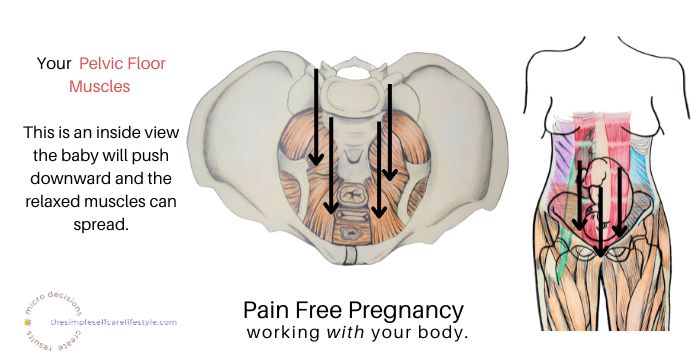
Predisposition to Varicose Veins and Vulva Varicose Veins
Genetic predisposition may make varicose veins more likely, but that doesn’t mean you don’t have any influence. I encourage moms to proactively (even before pregnancy) start the exercises and weave in the simple Self Care tips into their day.
One mom who was bedridden with varicose veins was able to turn things around and ended up being the mom we taped the very first video with 3 1/2 decades ago.
“(Vulvar Varicose veins) They are more likely to affect people with varicose veins elsewhere in the body, particularly near the pelvic area.” (5)
It’s really good to know that we CAN work with all the bodily changes during pregnancy to optimize our ability to stay comfortable. Pregnancy isn’t destined to be painful.
The entire premise of The Simple Self Care Lifestyle is to share how our body is set up to work. When we KNOW the basics, there is an amazing amount that we can leverage. This information then enables us to simplify our Self Care down to focused actions that get results. This holds true for every phase of life, including pregnancy!
With a little understanding of how the body is set up to protect and nurture you and your growing baby, you can better work with it. Working with your body sets you up for a more comfortable pregnancy and your personal best labor, delivery, and recovery.
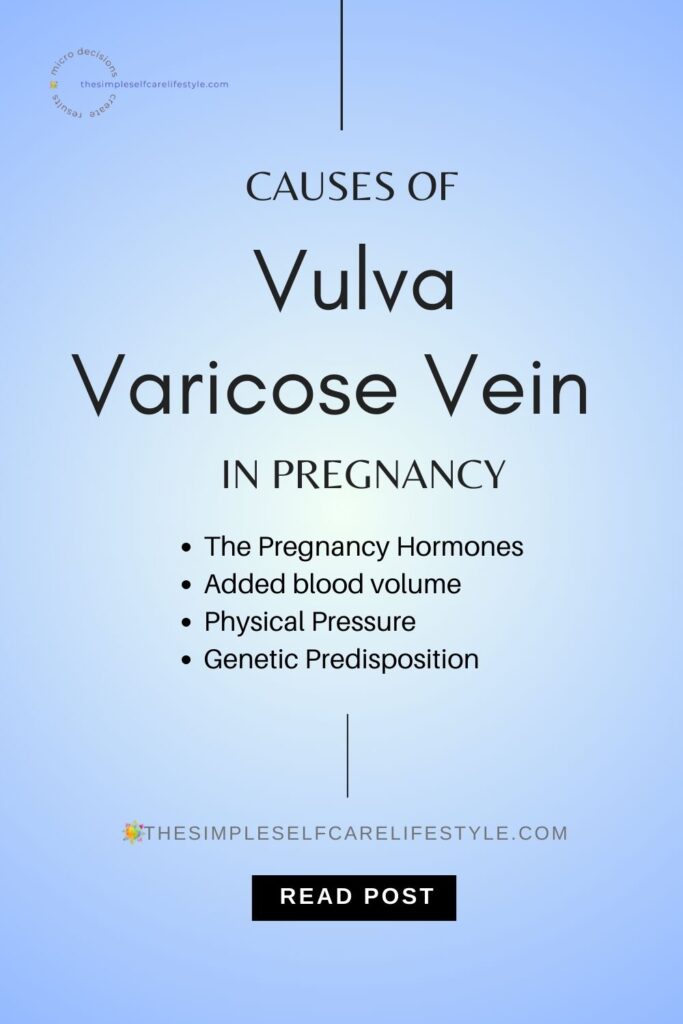
Quick Re-Cap of WHY Vulva Varicose Veins Happen More often In Pregnancy:
- The Pregnancy Hormones
- Added blood volume
- Physical Pressure
- Genetic Predisposition
A combination of some or all can add up to an ineffective return of blood flow in your veins.
The resulting stagnant/pooling blood challenges the veins of the lower body during pregnancy, including the veins of the Vulva (note: this scenario can also impact the Vagina). The symptoms that can arise vary, but here are some of the most typical.
Typical Symptoms of Vulva Varicose Veins
Typical Vulvar Varicosities Symptoms:
- the feeling of pressure (fullness)
- swelling creating discomfort
- pain in the vulva area
- sometimes visually swollen veins that can look purple
Now for a few Simple Self Care Tips you can incorporate into your lifestyle to help prevent or keep Vulva varicose symptoms from worsening. (All of the tips help reduce swelling and pressure on the veins in the region.)
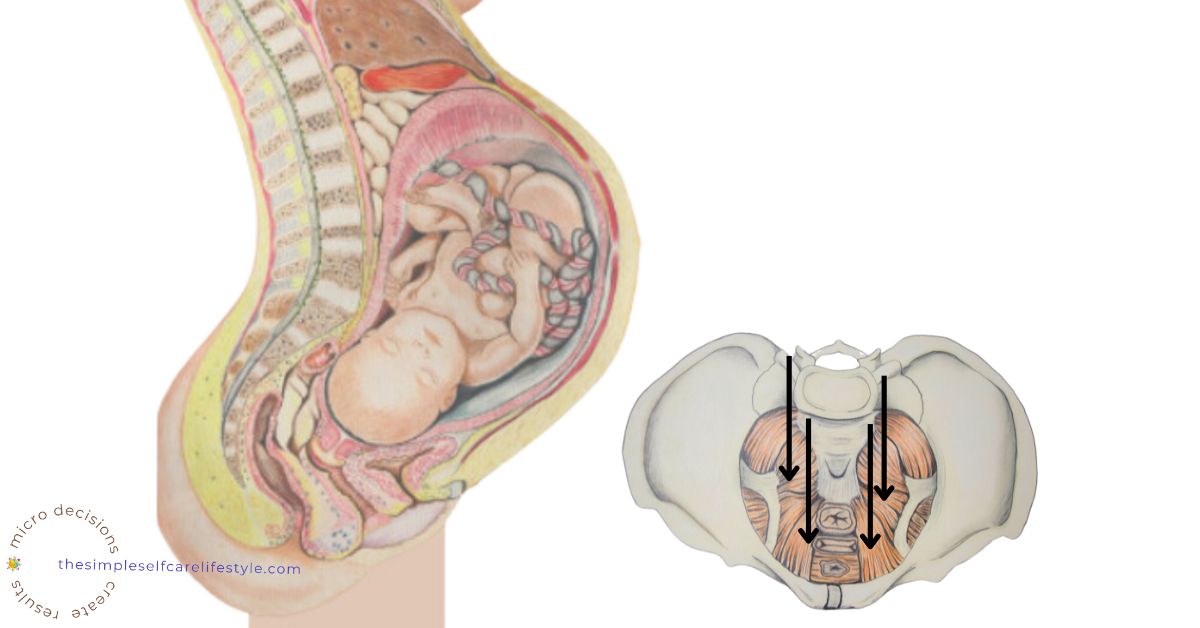
First, 3 Things to Limit When Possible
- Limit standing or sitting for long periods. Keep moving your legs. (Your vein’s valves only go one way, and muscle contractions help propel the blood upward.)
- Avoid lifting heavy objects. This includes groceries, vacuuming, and lifting toddlers. (this is a difficult one, but see if you can get in the habit of sitting down and asking them to sit next to you.)
- Try not to Bear down when going to the bathroom. Use a footstool for bowel movements. (You will definitely use one postnatally!) Practice placing upward pressure on your pelvic floor if you need to bear down.
3 Simple Self-Care Tips for Vulva Varicose Vein Comfort/Relief
- Get a support garment. This one is specifically designed for vulvar varicose veins.
- Apply cold compresses to your Vulva. This can significantly ease your discomfort. You can make your own cold compresses. Use a bit of water in a ziplock bag, and freeze. Once frozen, you’ll want to cover it with a thin washcloth before applying it to your vulva. These days, there are convenient pre-made options. Link to options. (Combine these cold compresses with the Vulva support garment for relief throughout the day).
- Do The Prenatal Exercise System Daily and weave the vein-specific moves throughout your day. (Learn more about the Prenatal Exercise System here)
Do Varicose Veins in the Vulva go away??
Quote: Typically, vulvar varicosities that form during pregnancy go away by about six weeks after delivery. (4)
Varicose Veins is an area I focus on in the FREE Webinar Train these 3 Muscle Groups for a Pain-Free Pregnancy in just Minutes each Day– Which exercises you do, AND the order you do them can make all the difference between weakening already taxed veins and supporting them.
Your body is working to protect YOU and your baby at all times.
Knowing how your body is set up to do that enables you to Nurture and Protect your body, which in turn Nurtures and Protects your baby.

Re-Cap: Vulva Varicose Veins
Typical Reasons Why Vulva Varicose Veins Happen
- Pregnancy Hormones
- Added blood volume
- Physical Pressure
- Genetic Predisposition
Typical Symptoms of Vulva Varicosities
- the feeling of pressure (fullness)
- swelling creating discomfort
- pain in the vulva area
- sometimes visually swollen veins that can look purple
3 Things to Limit When Possible
- Limit standing or sitting for long periods. Keep moving your legs. (Your vein’s valves only go one way, and muscle contractions help propel the blood upward.)
- Avoid lifting heavy objects. This includes groceries, vacuuming, and lifting toddlers. (this is a difficult one, but see if you can get in the habit of sitting down and asking them to sit next to you.)
- Try not to Bear down when going to the bathroom. Use a footstool for bowel movements. (You will definitely use one postnatally!) Practice placing upward pressure on your pelvic floor if you need to bear down.
3 Simple Self-Care Tips for Vulva Varicose Vein Comfort/Relief
- Get a support garment. This one is specifically designed for vulvar varicose veins.
- Apply cold compresses to your Vulva. This can significantly ease your discomfort. You can make your cold compresses. There are pre-made options Link to options. (Combine these cold compresses with the Vulva support garment for relief throughout the day).
- Do The Prenatal Exercise System Daily and weave the vein-specific moves throughout your day. (Learn more about the Prenatal Exercise System here)
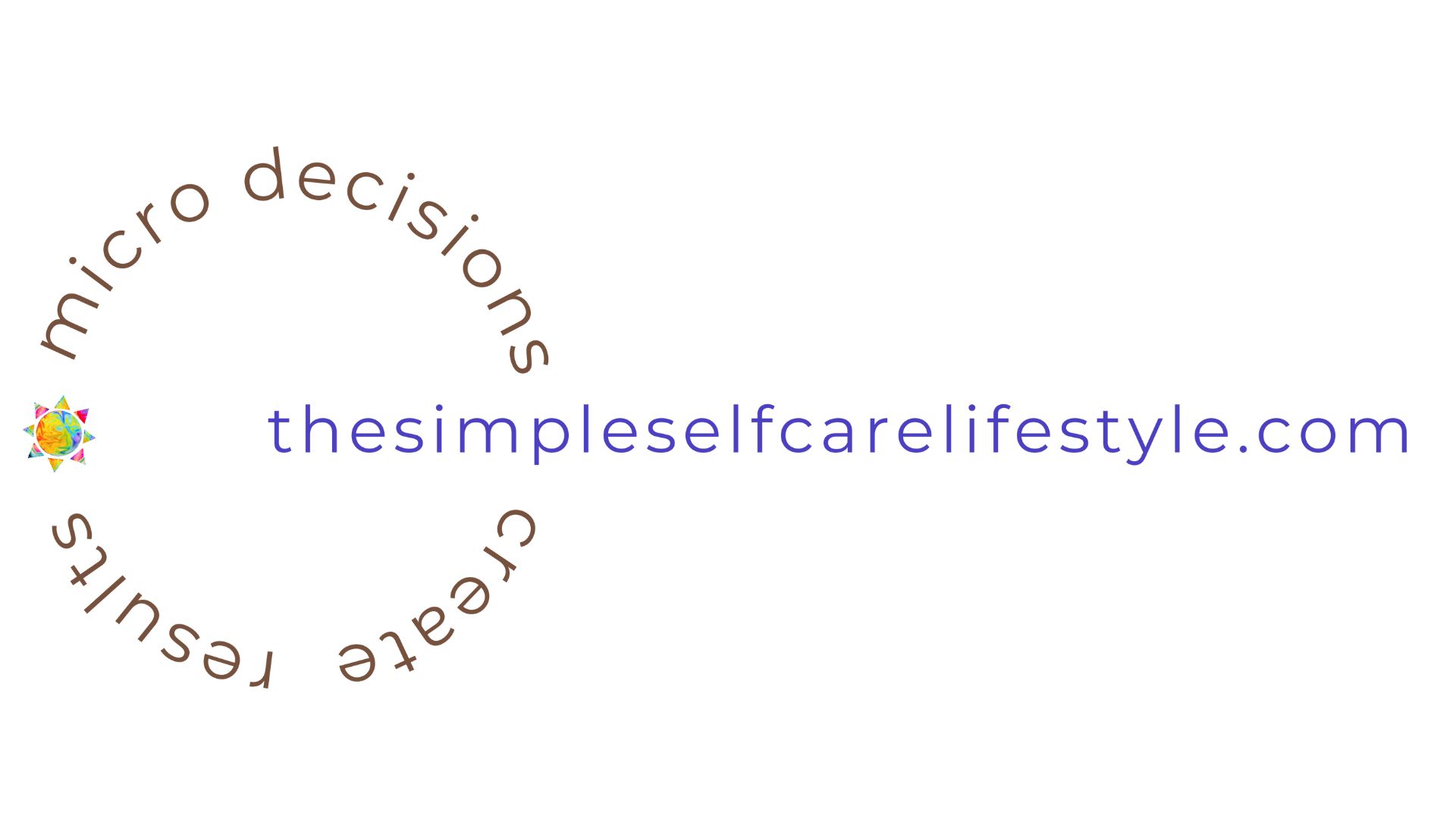

Other Posts That May Interest You:

Over the 4 decades of teaching thousands of moms-to-be, there was always a common story they shared with other pregnant moms post-delivery: That was how powerful knowing what is going on in their bodies.
It helped reduce fear during different parts of labor and delivery. This was because they had an understanding of what their body was doing and why, and they could use the training and specific exercises to find positions, motions, and breathing that worked for them.
At the end of delivery, when it was time to push, they KNEW that daily training of their body’s most important stabilizing muscles (Group 1) enabled them to push effectively.
Empowering women is the best use of my decades of knowledge, and it brings me great joy to provide posts, references, resources, tips, tools, and programs to moms seeking self-care.
As with everything I share here on The Simple Self Care Lifestyle, we take advantage of knowing how the body is set up to work so we can leverage and implement things that effectively work to make our lives better. The BEST form of Self Care there is
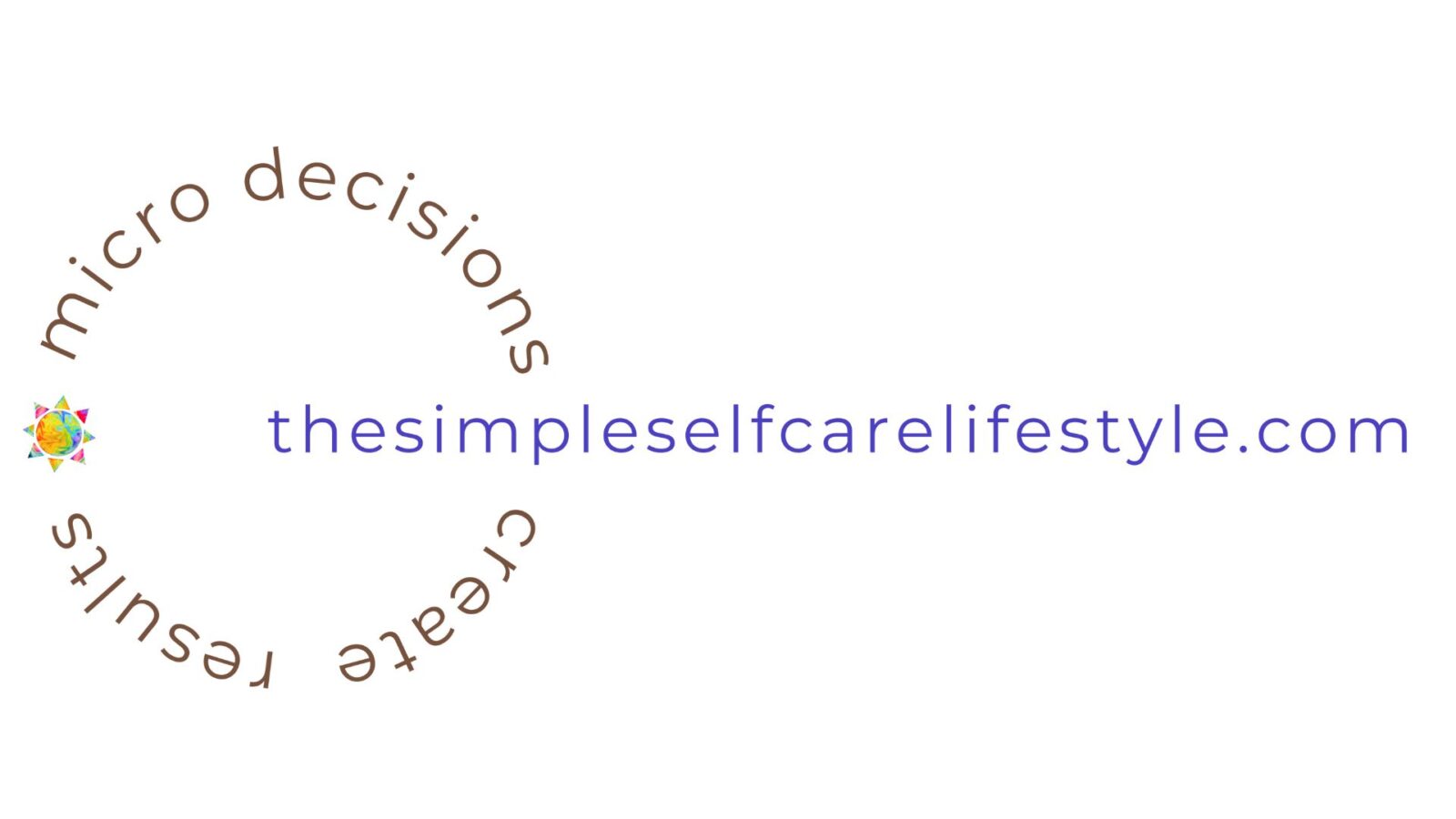
Have Questions? Here’s an easy way to send them off to me:
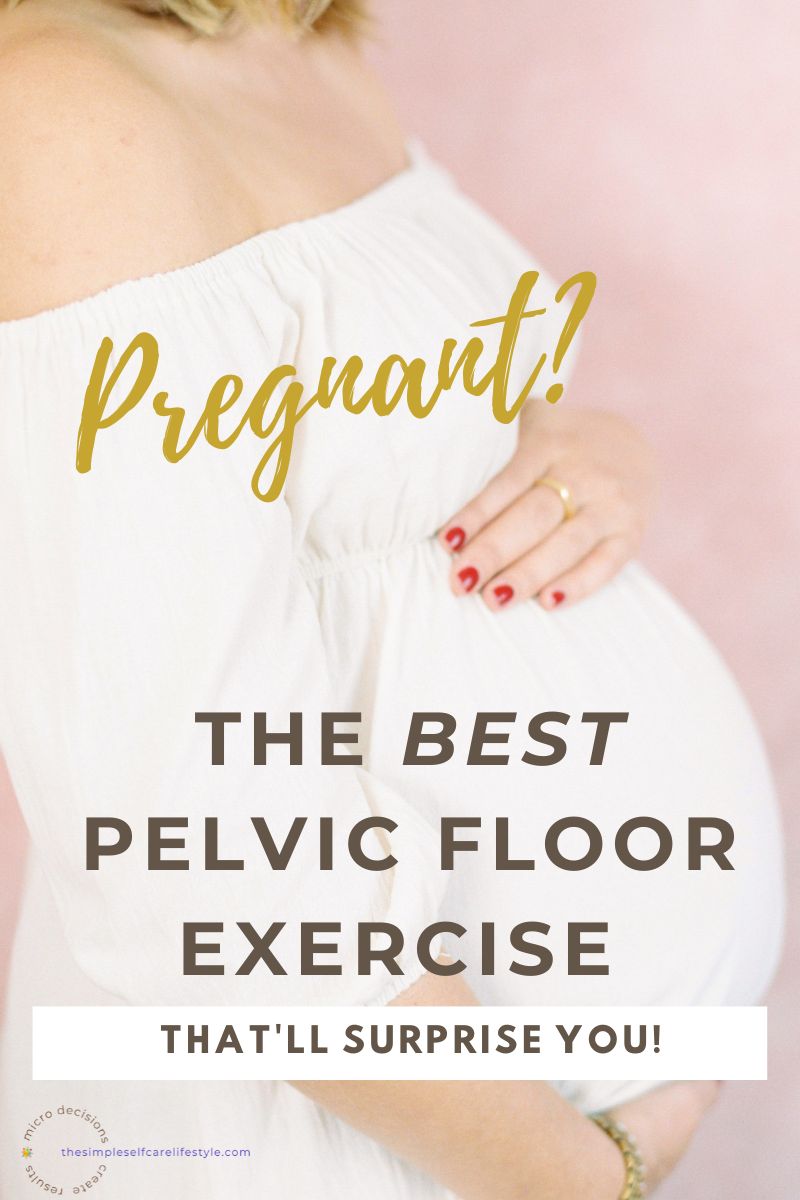
Best Pelvic Floor Exercise…
Kegels will not work without training this muscle first. There is NO better exercise than this one to train your pelvic floor. I share why and the exact exercise to do. Step-by-step!
Feel better, Look Better, LIVE better…The Simple Self Care Lifestyle
Ab Separation: Check & 2 Exercises
What is it AB Separation? Who Gets it, How to Check for it. Two Exercises.
Feel better, Look Better, LIVE better…The Simple Self Care Lifestyle
Exercise for Recti Diastasis. Strengthen Your Core.
Exercise for recti diastasis (ab separation) that is beneficial for all of us- lifelong.
Feel better, Look Better, LIVE better…The Simple Self Care Lifestyle
The Simple Self Care Lifestyle
self care
Post categories
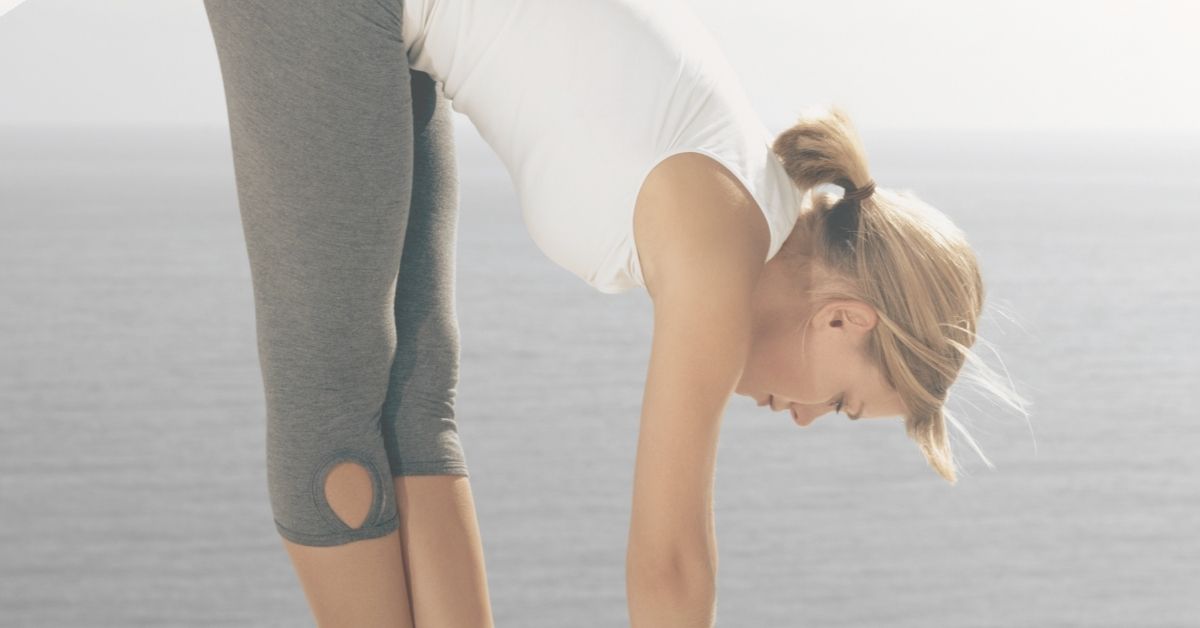
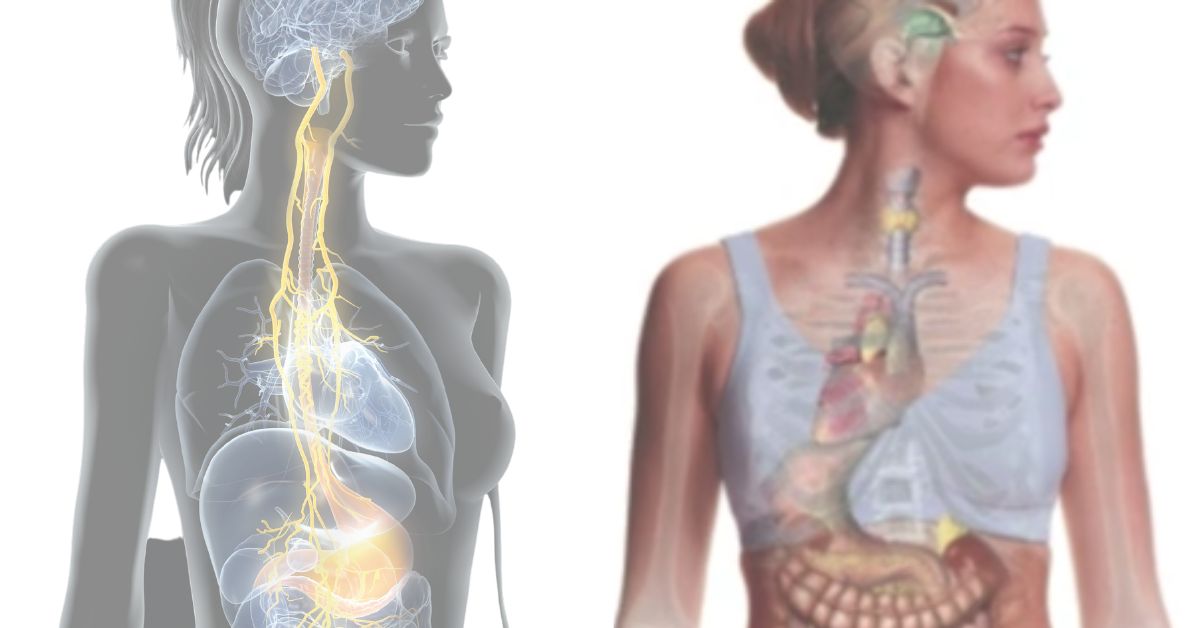

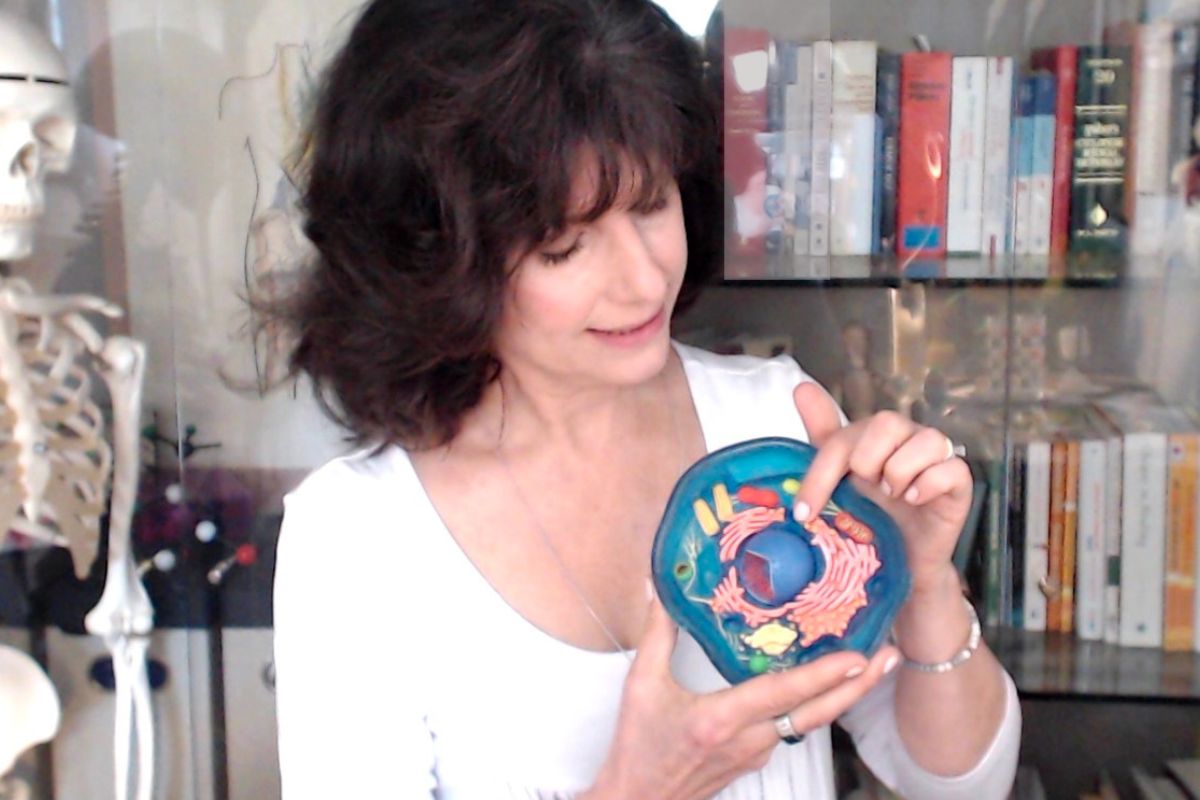

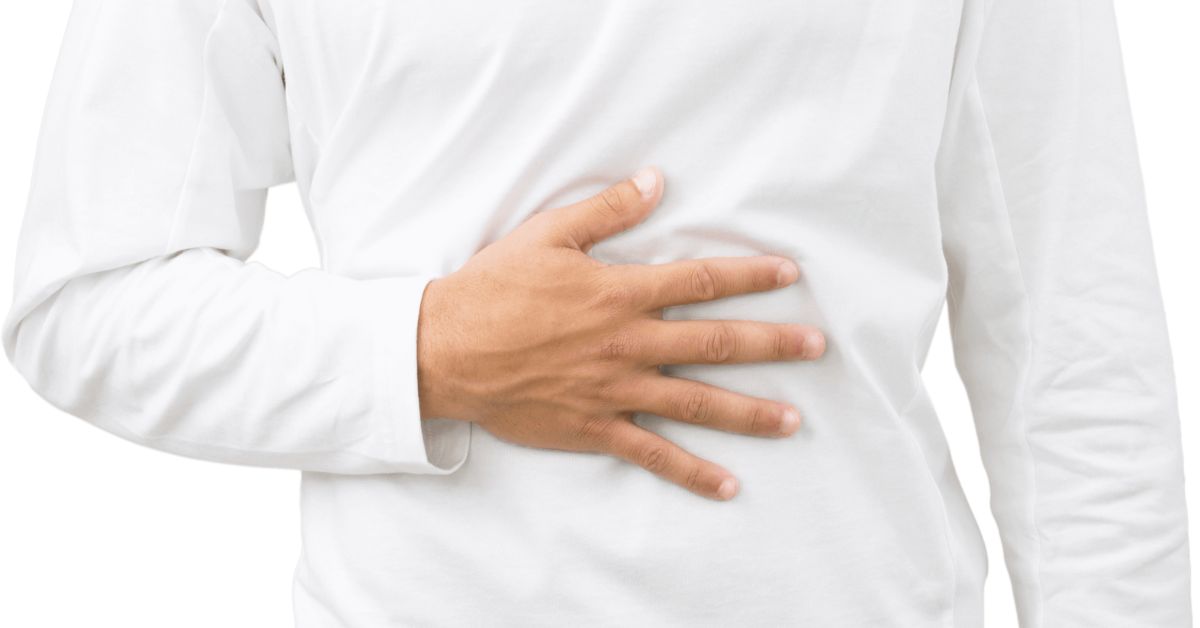
SHOP Products
Personal Products
Healthy Home
Quality Supplements
Things to Keep Handy
Quality Food Sources
Simple Self Care Programs
Popular Posts
THe simple self care lifestyle
Simplify

I’m glad you are here…
🌿 References for you
References.
- Britannica, The Editors of Encyclopaedia. “vulva”. Encyclopedia Britannica, 26 Mar. 2024, https://www.britannica.com/science/vulva. Accessed 28 March 2024.
- Giannella L, et al. Huge vulvar varicosities in pregnancy: Case report and systematic review. Journal of Medical Internet Research. 2022; doi:10.1177/03000605221097764.
- Johnson NR. Vulvovaginal varicosities and pelvic congestion syndrome. https://www.uptodate.com/home. Accessed June 29, 2022.
- Lamppa, J. A. (n.d.). What causes vulvar varicosities during pregnancy? How can I relieve the discomfort?. https://www.mayoclinic.org/. https://www.mayoclinic.org/healthy-lifestyle/pregnancy-week-by-week/expert-answers/vulvar-varicosities-during-pregnancy/faq-20419426
- Villines, Z. (n.d.). Vulvar varicosities: Symptoms, causes, and treatment. Medical News Today. https://www.medicalnewstoday.com/articles/321661

